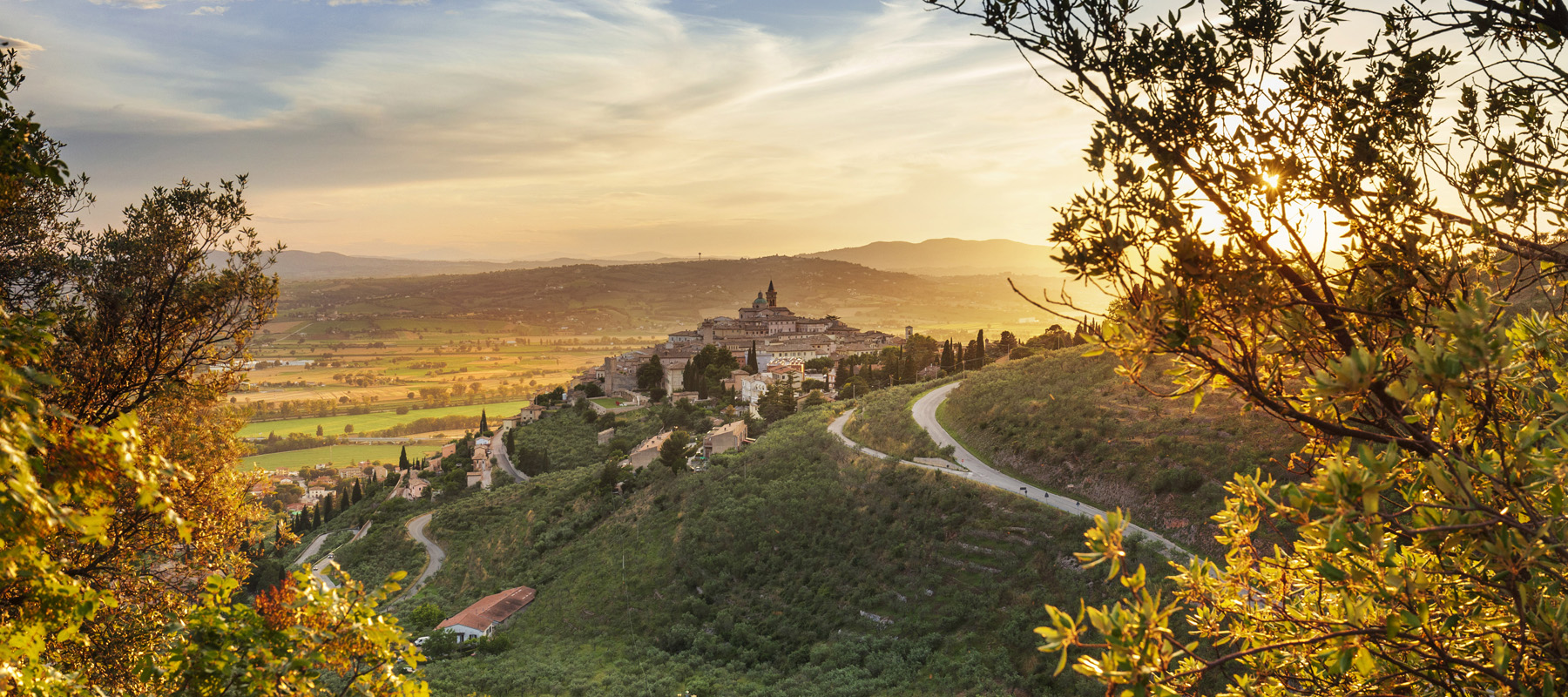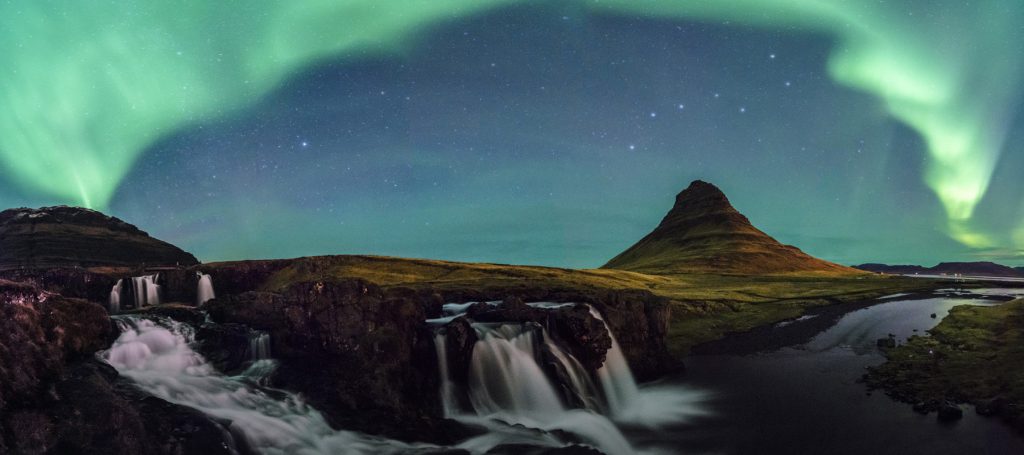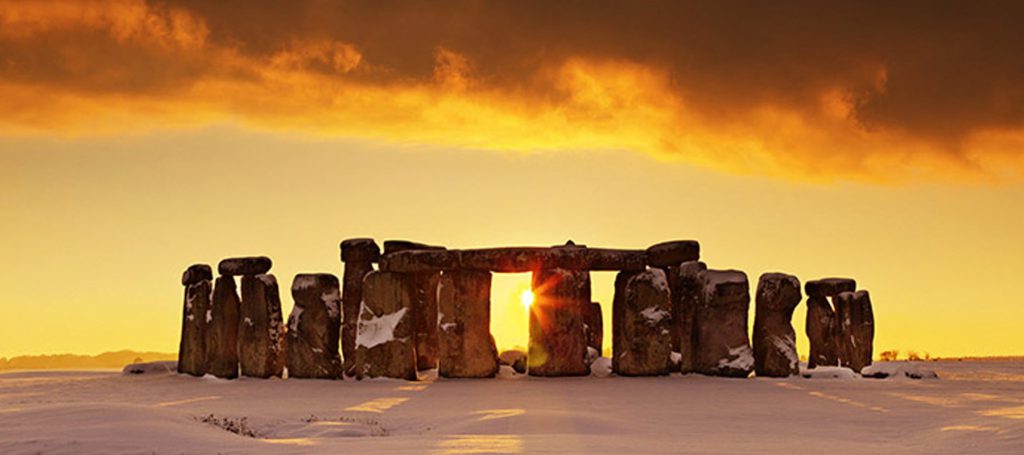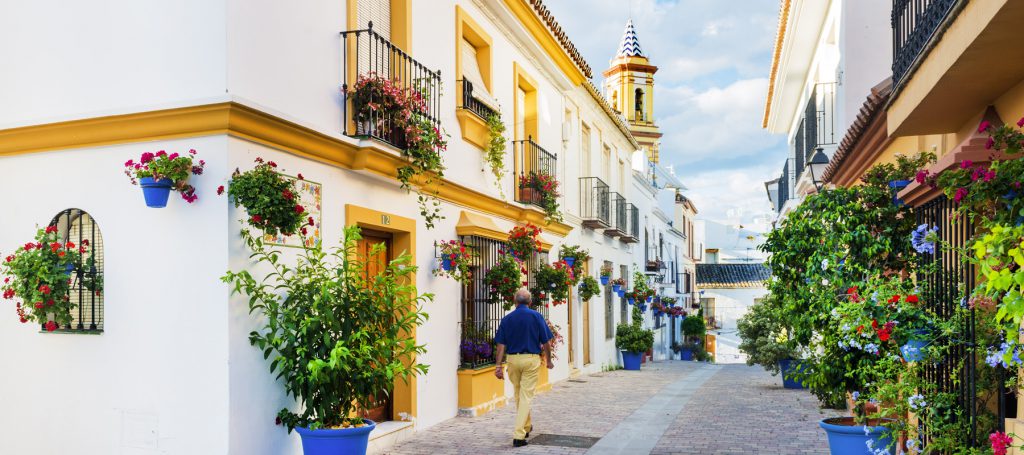How do you choose the location for a shoot?
When I was an amateur, I was amazed by the power of light and how it could change the mood of a place. So I spent a lot of time looking for the right light, not thinking much about the location. I thought that the most mundane place could become magical in the right light.
However, I soon came across travel photo stock agencies and was impressed by them. I liked the image they had because in just one image you could find everything you needed to know about a particular place: the right time, right spot, and the right place and I noticed that this was more important than the right light.
When the moment arrived and I became a professional photographer, I had to change my shooting style so that I now chose the bestselling locations, the most iconic and best-known landscapes and cityscapes, the most recognizable situations and so on.
A perfect, well-known landmark could appear very differently if photographed at different times of the day, or in different seasons: the light changes, the colour changes, giving rise to a completely different scene.
In any event, I’m sure that every place deserves to be photographed: every place or situation has its own soul, its own history; it just asks to be photographed.
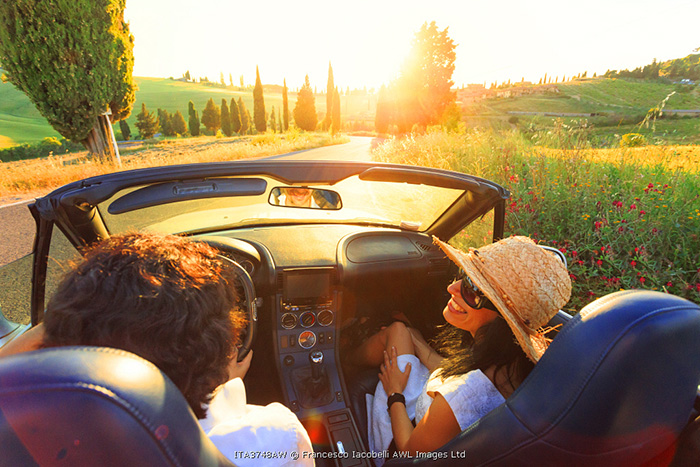
How do you plan a shoot, how long does it take and how far in advance do you plan?
I spend a lot of time planning shoots, studying the right time and direction that the sun rises and when it sets. It could take several days to plan a shoot, looking for the right light, and it might even take a few months……… just thinking about a particular bloom of flower or particular coloured leaves, so I might plan a photography trip even 4 or 5 months in advance.
The spot of the shoot is important as well: I do research on the Internet, consult magazines and travel guides, and often spend hours searching or waiting for the right moment.
Moreover, spontaneous reactions at the right moment in unusual situations have a great importance: the result could turn out to be an unexpected, iconic or powerful photo.
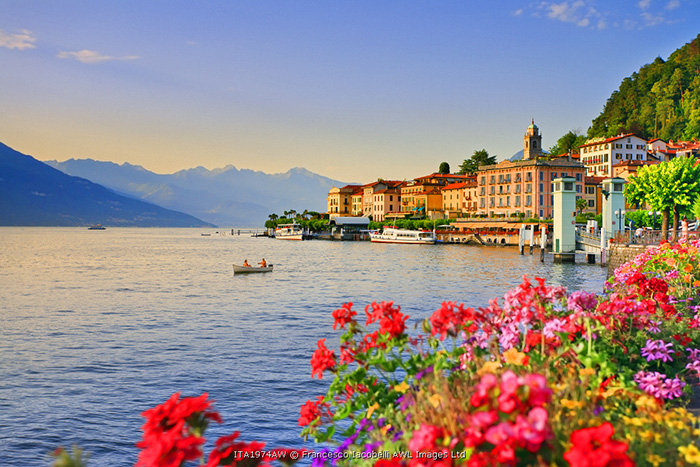
What goes in your luggage, how much does it weigh?
Almost the entire weight of my luggage is camera stuff. I travel with two cameras – a reflex and a full frame mirrorless, 5 lenses from wide to tele, a tripod, glass filters, a notebook, battery rechargers and some other photographic equipment.
The weight could add up to 15 kilos (about 33 lbs), but a very important lesson I’ve learned in travelling is that a heavy weight on your back makes for a bad travelling companion. I find I use up too much energy carrying around all the equipment and that can make me lose focus and my work suffers because of it. So now I often just take along one camera and a prime lens: it means I can get around more easily and be less intrusive, particularly when I am shooting reportage or taking pictures of local people who could be suspicious or intimidated by all the photographic equipment.
I carefully choose the right gear I’ll use in a session, and I leave the other not so important things either in the hotel room or at home.
What’s you experience at airports?
Its wasted time of course…..I mean I hope that really soon they’ll invent the tele-transporter! However, I have to admit that nowadays with free Wi-Fi and portable workstations it can be like a make-shift office—allowing you to email or do the initial work on the photos. It could also be a time to relax as well—reading a book or magazine, taking a nap or perhaps meeting people.
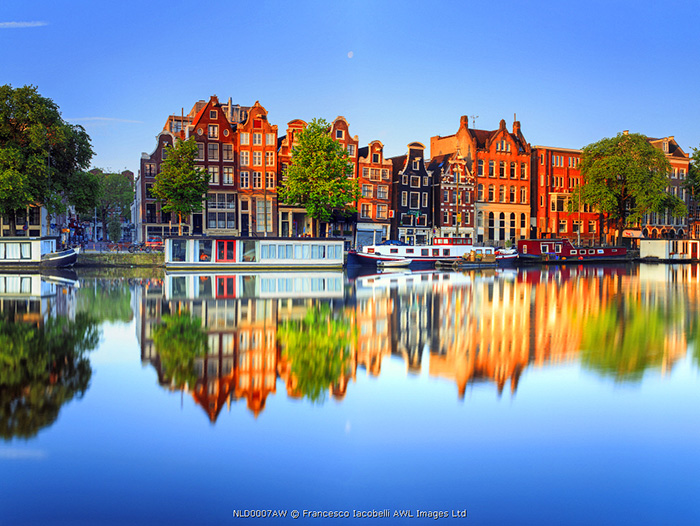
How does the weather affect your shoots and what do you do when the weather gods misbehave?
Well……..of course I try to plan everything I can in advance and wait until the last minute to book the flight to be sure that weather conditions are good, but sometimes unfortunately all of this doesn’t work out. Well, never mind……. every condition of light and weather offer a challenge to do something unusual or different.
Foggy weather or a rainy day could lead to something really moody, emotional: the important thing is to not lose inspiration and to always try to do the best I can.
A lot of pictures that I love were taken in bad weather conditions.
And if it isn’t possible to shoot anything outdoors, I spend my time in pubs, bars, cafés and museums and just wait. Often the best light arrives suddenly after a storm.
How much do you shoot, how do you store and back up images?
Someone told me …’Shoot less, but better’. I keep this in mind every time I’m in front of a scene that I want to catch. It’s absolutely true….too many pictures in the memory card represent a loss of focus on what I had to do.
I take at least 200-300 images a day, but it always depends on the situation. If I find myself in front of a landscape, I shoot 10-20 images, but if I’m in a city full of life, full of people and where everything is constantly changing, I could wind up shooting 100-200 images and every single frame would be different from the others.
For back-up I’ve got a portable hard-disk and I make an extra back-up on the MacBook.
I think making two back-ups of each session is a good habit. In Italy we have a saying which goes: ‘ If luck is blind…..misfortune sees perfectly’.
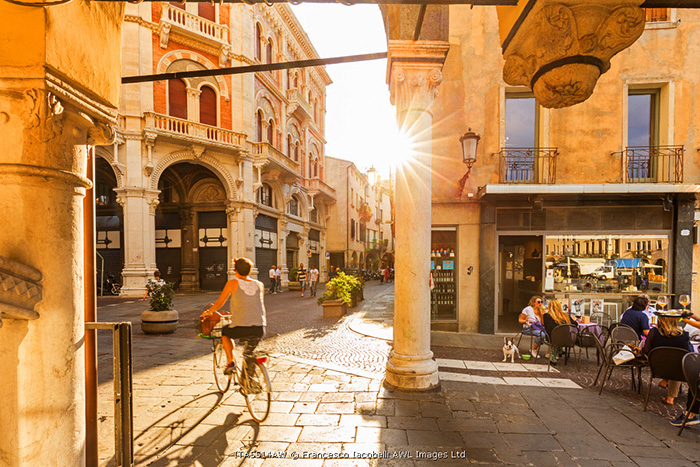
What’s a typical day like? Does it start with a leisurely breakfast and finish at 5.30?
When I’m in the field my typical day is really long……it starts very early; actually before the sun rises. I drive or walk to the spot and wait to catch the light of dawn…..my day ends after the sun goes down.
A very special moment to take pictures is during the ‘blue hour’, immediately after sunset: the sky turns a deep blue and the contrast with the warm lights of the city is awesome.
Breakfast? What is it? When I’m on the road before sunrise, breakfast could be a glass of water and some day-old biscuits, at least until the coffee bars open. But when the magical moment passes, and the light of the sun won’t change for several hours, I take the time to sit down and relax for a while, and enjoy a leisurely local breakfast, good weather and observing the local people.
Do you travel alone and do you use models?
Often, I travel alone. I love to use local people or a bonafide tourist who are really amazed by the scene before their eyes, but recently I have been using models at times so that I can have them do exactly what I want and to do something more editorial.
Sometimes I travel with my family and use my kids as models. It’s a perfect situation! I get to spend more time with my family, they have fun and it’s cheaper for me too…….they are willing to work for just the price of an ice cream!
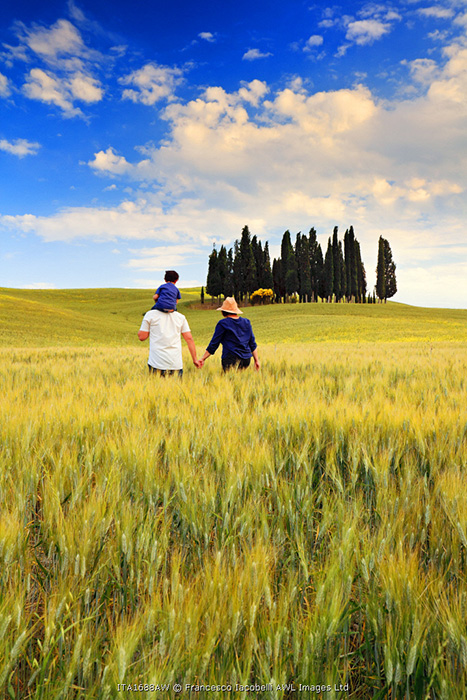
How much work is involved in post production and editing?
Not that much actually….I still use some gear such as graduated filters in front of the lens, a hot shoe bubble level, careful composition and most importantly, a good exposure.
But this doesn’t mean to say that I don’t do any post production. On the contrary, I’m really fussy, checking the images 100%, thoroughly and in every detail.
Do you do extensive Photoshop work on your images?
I love bright images in backlight, with the sun in the frame. I think that an image with the sun in the frame brings more peacefulness and relaxation to the scene. It is perfect to express the idea of a holiday, summer and relaxation time and to obtain it directly on the camera, is quite easy by just overexposing a little. I don’t like using software to recreate something that I can do in the field; I think that’s too synthetic, too fake. In my experience, the natural look in photography is always the best choice.
So, no I usually don’t use Photoshop much on my images; I use it just for colour correction, cleaning the file of dust and white balance.
Sometimes I like to give a shot a particular mood, so in that case I spend more time in front of the computer. However, all post-production work starts with an idea that I have in the field, so I shoot the images, for example using a long exposure, prefiguring the final results.
Photoshop is an important partner in my workflow, but the final result of each shoot will not diverge from what I already have in mind.
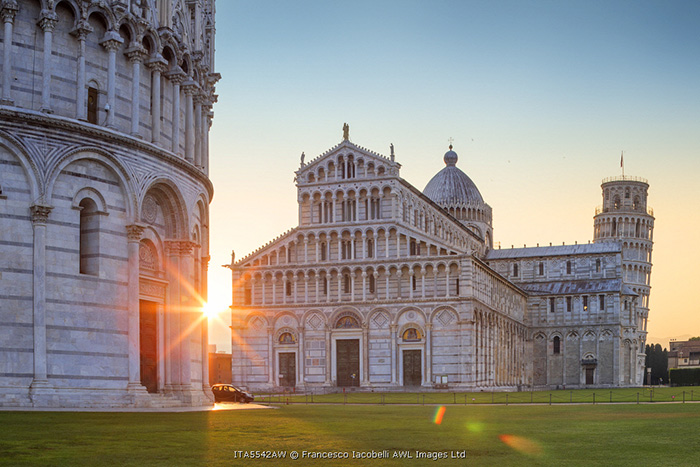
To see more of Francesco’s images click here
